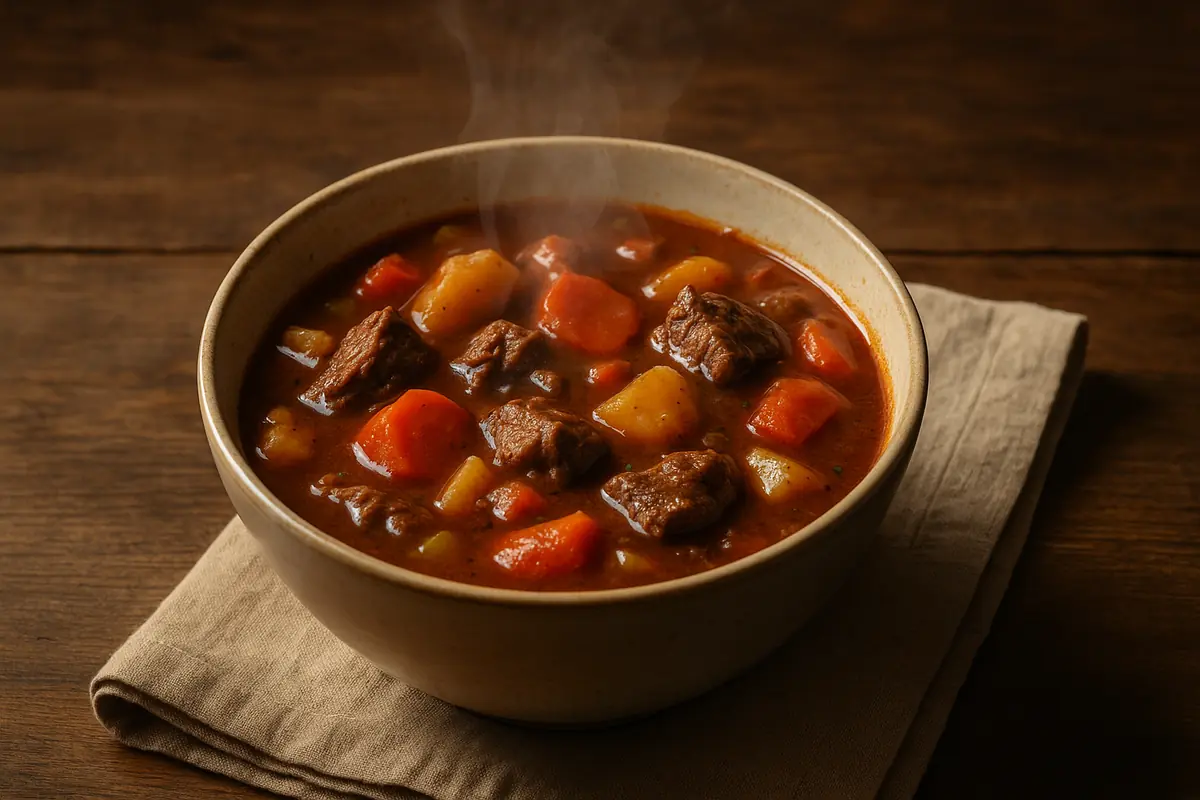Why Some Foods Taste Better the Next Day
Leftovers often taste richer and more satisfying on day two — and the reason lies in chemistry, temperature, and the way flavors transform over time.

There’s a special kind of magic in opening the fridge, reheating yesterday’s meal, and discovering that it somehow tastes better than it did when it was freshly cooked. Stews feel richer. Curries feel deeper. Pasta sauces become smoother and more balanced. It feels like a small culinary miracle — but it’s also pure science.
Flavors Have Time to Mingle
When food rests overnight, its ingredients continue interacting. Spices dissolve more fully into sauces, aromatic compounds spread evenly, and fats solidify before melting again, creating a smoother texture when reheated. This process is known as flavor maturation, and it’s especially noticeable in foods built on layers of taste: tomato-based dishes, soups, chili, and braised meats.
Think of it like giving the ingredients more time to “become friends.” Instead of bold, individual flavors competing for attention, the dish transforms into a unified whole.
Cooling Changes the Chemistry
Temperature plays a surprisingly big role in taste. As foods cool slowly in the fridge, the fats inside them crystallize. When reheated, these fats melt again, releasing flavor in a more controlled, gradual way. This leads to a rounder, richer mouthfeel.
Starches also change structure when cooled — a process known as retrogradation — which can thicken sauces and improve texture. That’s why next-day lasagna holds together better and feels more satisfying.
Spices Bloom Over Time
Herbs and spices contain volatile aromatic oils that need time to fully infuse into a dish. While cooking releases these oils, resting allows them to seep deeper into the surrounding ingredients. Heat activates them; time anchors them.
This is why dishes like curry, chili, biryani, and slow-cooked sauces often win on day two. What begins as sharp or intense becomes more balanced, rounded, and deeply flavorful.
Moisture Redistribution Improves Texture
Many foods benefit from a night in the fridge simply because moisture evens out. Rice absorbs surrounding flavors, pasta soaks up sauce, and meat rehydrates within the dish. This leads to fewer watery spots and a more uniform bite.
Even baked goods follow the rule — brownies and banana bread frequently taste better the next day because the moisture redistributes evenly throughout the crumb.
The Psychology of Leftovers
There’s also a subtle psychological boost. When you’re not rushing to prepare or cook, you’re more relaxed. You can pay attention to taste without distraction. Reheating also lowers expectations — so when leftovers turn out delicious, your brain registers it as a pleasant surprise.
The Takeaway
Next-day meals aren’t just convenient — they’re proof that flavor evolves long after cooking stops. When ingredients settle, blend, and transform, they create something deeper than the original dish.
Sometimes, the best meals aren’t freshly made. They’re patiently waiting in the fridge, quietly improving with time.